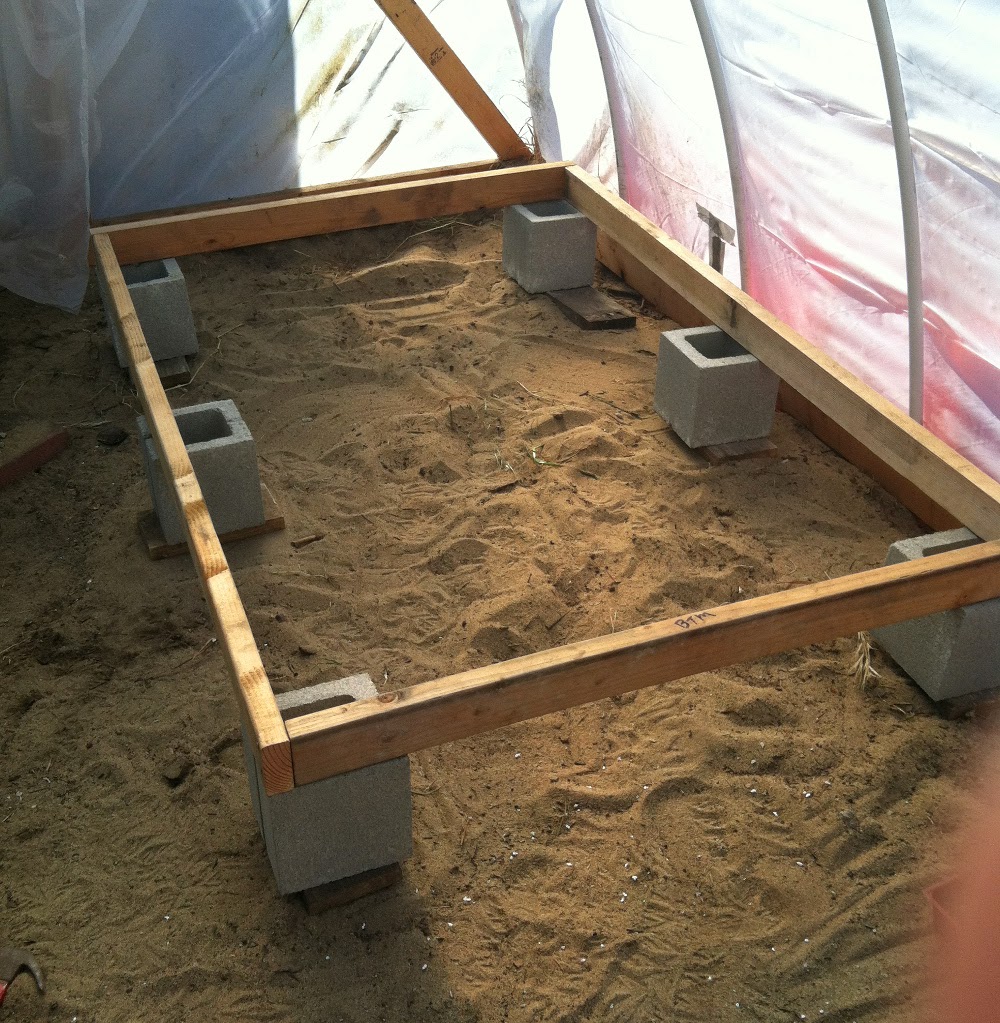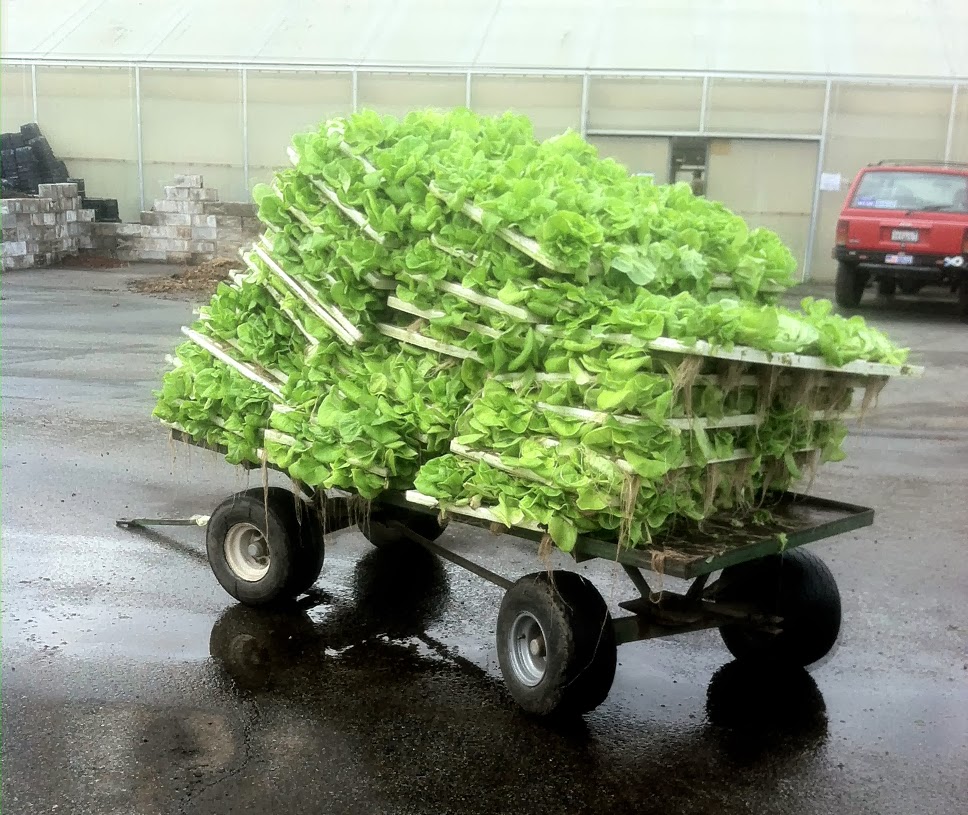Well it has been a while since my last post. In the time since I last posted the raft bed we had installed went down hill, the crayfish in the tank died and the plants started going bad regardless of any effort to turn them around, on top of that the tank itself began to leak in various places. Granted the system was not exactly perfect, but it did the job for a while.
First raft tanks and plants.
Anyhow, I decided to rip the bed apart and build a new tank that would hold at least three 2'X4' rafts.
I priced the material at home depot and came up with a $180 cost estimate. I just don't have that kind of money to spare so I started looking for materials I could reclaim which was surprisingly easy. Within a month I had everything I figured I would need. Of my own money I've so far spent only $13.00 for some project board, Uniseals, and black plastic sheeting.
I'm half way done as of today and to have it working by this tuesday. Anyhow here's how it's going so
far.
Step one:
I should first note that this is most likely not the best way to build a raft tank, but as we just might have to move in the next few months I wanted to build something that could be easily taken apart and reassembled somewhere else without to much effort. This is what I came up with.
I first cleared out a place, leveled the ground and built a base frame on some cinder blocks 51 7/8" wide by 75 7/8 long. (I got most the boards for this on
freecycle.org try it, it's awesome!)
Step: Two
Added some beams
Added a 4'x4' and 2'x4' project board for the floor of the tank. As you can see the board are on the inside of the frame. The tank frame itself will over lap the project board, and site directly on to the bottom frame.
Step Three:
I next covered the project with a thick rubber sheet that was laying around, I had just enough to cover the project boards and frame. If I had twice more of this material I would have gone another route entirely.
Step Seven:
Next I built the tank frame itself, the inside dimensions are 6 1/6" X 72 1/4" allowing inside space some the plastic lining and rafts to move around easily.
This whole thing come apart in 4 pieces for easy transport.
Well that's todays work, I'll post the final finished job asap.


































